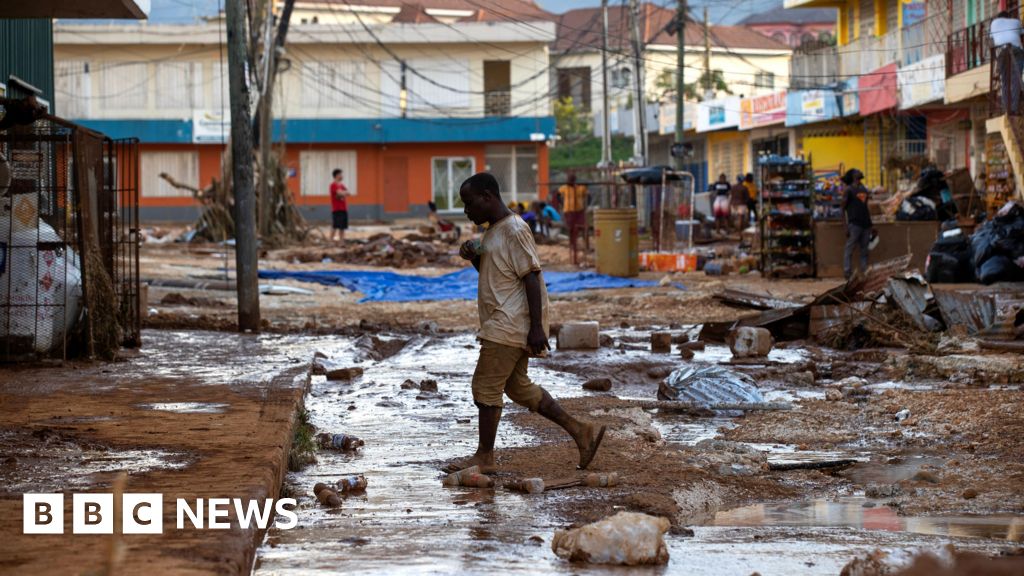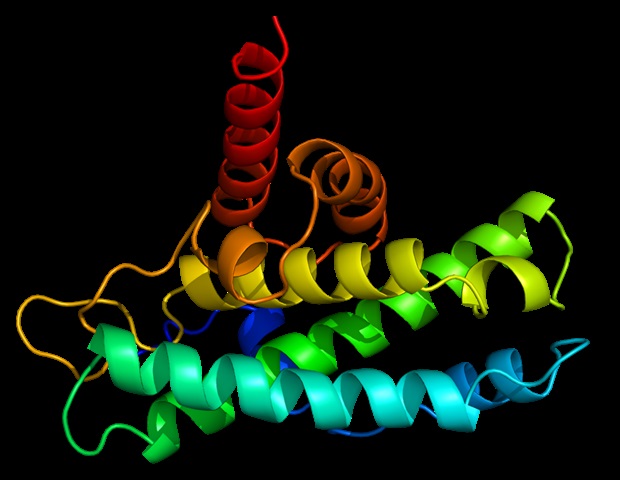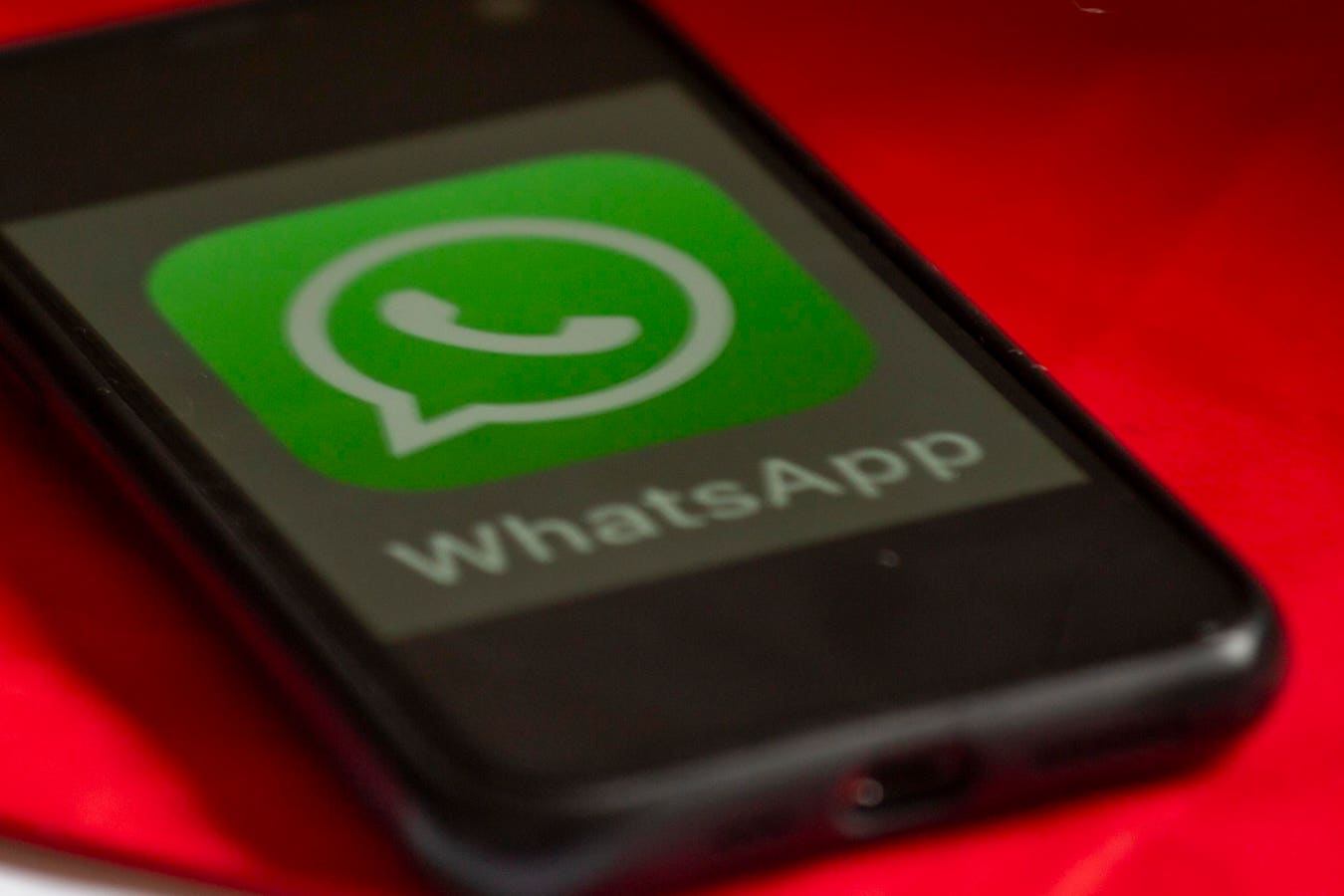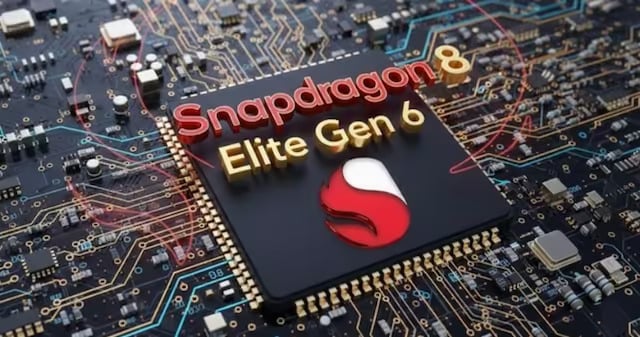Mikaela Mayer beats fellow Olympian Mary Spencer
The American was awarded the 10-round contest by all three judges 100-90, 98-92, 98-92, to complete a unanimous points win over the fellow North American, who was competing on home soil in…

The American was awarded the 10-round contest by all three judges 100-90, 98-92, 98-92, to complete a unanimous points win over the fellow North American, who was competing on home soil in…

Ethan GudgeSouth of England
 EPA/Shutterstock
EPA/ShutterstockThe Jamaican people will “bounce back like they always do” following Hurricane Melissa, a man with family…

Item 1 of 4 Palestinians walk through a damaged neighborhood in the aftermath of an Israeli operation, after Israel’s government ratified a ceasefire with Hamas, in Gaza City, October 10. REUTERS/ Ebrahim Hajjaj

LA28 has announced the production team that will bring the Opening and Closing Ceremonies of the 2028 Olympic and Paralympic Games to life. Ben Winston, the Emmy Award-winning producer behind the Paris-to-LA Olympic Handover in 2024, will serve…

A new Northwestern University study using patient nervous tissue and lab-grown human neurons has uncovered how a key disease protein, TDP-43, drives overactive nerve cells in the neurodegenerative diseases amyotrophic lateral…

Sarah Ferguson faces uncertainty over her future home after Andrew was stripped of his royal titles and told to leave the Royal Lodge,…

WhatsApp makes sudden backup passkey change.
NurPhoto via Getty Images
Passkeys are not new, but they are still facing challenges as far as transitioning from passwords is concerned. Given the number of password leaks, including the latest 183…

I’ve been focused on finding causes for optimism lately. Whether it’s in seeing Thomas Bangaltar (one half of Daft Punk) return to the DJ booth for a triumphant B2B set at the Centre Pompidou in Paris or the simple act of crafting a homemade…
